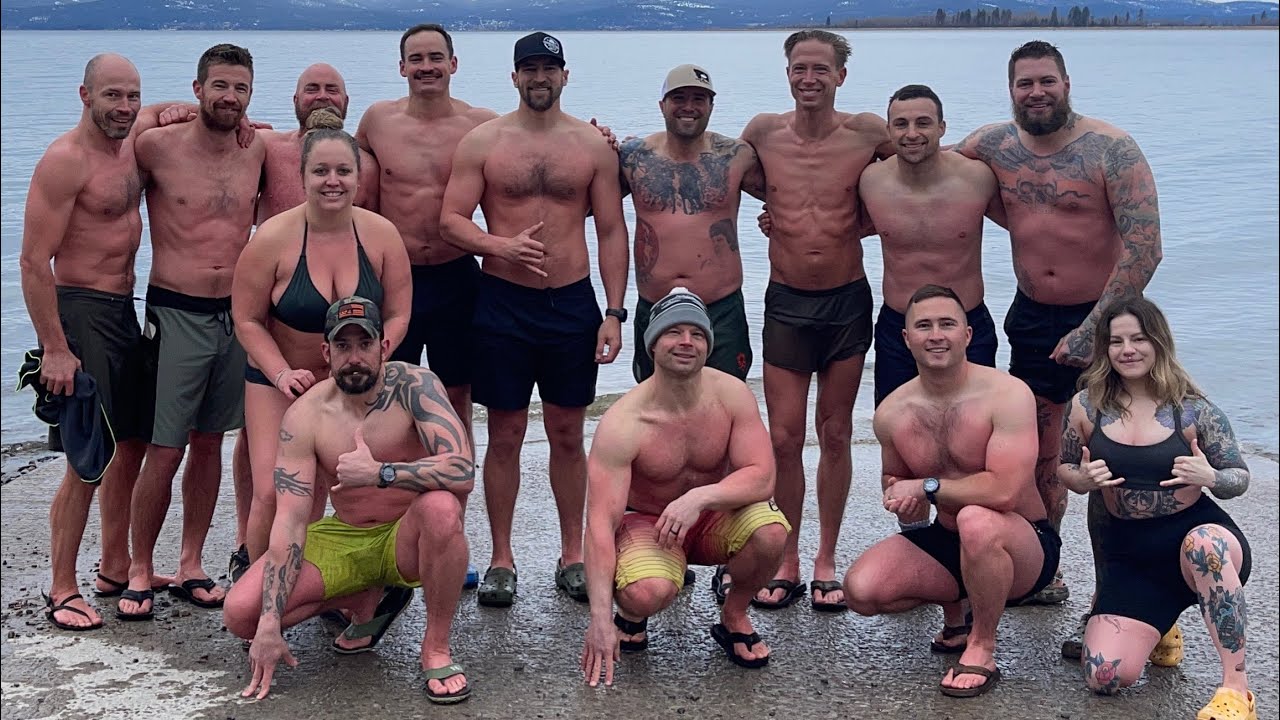The Department of Veterans Affairs has consistently sought innovative methods to improve the health and well-being of veterans. One of the most promising advancements in recent years is the integration of virtual reality into various aspects of veteran care. VR's immersive and interactive capabilities make it a powerful tool for treating physical, mental, and emotional conditions that veterans often face.
PTSD Treatment - The BraveMind System
Post-traumatic stress disorder (PTSD) is a prevalent and serious condition among veterans. Traditional treatment methods, such as cognitive-behavioral therapy (CBT), have proven effective, but VR offers an innovative enhancement to these therapies. One prominent VR system used by the VA for PTSD treatment is BraveMind.
Developed by the University of Southern California’s Institute for Creative Technologies, BraveMind is a VR exposure therapy tool designed specifically for veterans suffering from PTSD. The system creates a variety of combat-related scenarios that veterans can experience in a controlled, safe environment. These virtual environments closely replicate the sights, sounds, and even smells of traumatic experiences, allowing veterans to confront and process their memories in a therapeutic setting.
During a typical session, a therapist guides the veteran through different scenarios, gradually increasing the intensity to match the veteran's tolerance. This method, known as gradual exposure, helps reduce the emotional impact of traumatic memories over time. Research has shown that veterans using BraveMind report significant reductions in PTSD symptoms, highlighting VR's effectiveness in enhancing traditional therapeutic approaches.
VR for Physical Rehabilitation - The CAREN System
Physical injuries are common among veterans, particularly those who have served in combat zones. Rehabilitation can be a long and challenging process, but VR has introduced new ways to make this process more effective and engaging. The Computer Assisted Rehabilitation Environment (CAREN) system is one such VR tool used by the VA.
The CAREN system is a state-of-the-art rehabilitation platform that combines a VR environment with a motion platform. This setup allows for highly interactive and immersive physical therapy sessions. Veterans can perform various exercises and movements within a virtual world, making rehabilitation exercises more engaging and motivating.
For example, a veteran recovering from a lower limb injury might navigate through a virtual forest, stepping over logs and avoiding obstacles. The motion platform responds to the veteran's movements, providing real-time feedback and adjusting the virtual environment accordingly. This type of therapy not only helps improve physical function but also enhances balance, coordination, and confidence.
The VA has reported significant improvements in recovery times and outcomes for veterans using the CAREN system. The immersive nature of VR helps distract from pain and boredom, making therapy sessions more enjoyable and effective than a sterile clinic typically is.
Pain Management - Virtual Reality Therapy (VRT)
Chronic pain is another significant issue faced by many veterans. Traditional pain management methods, such as medication, can have limited effectiveness and come with side effects. VR offers a novel approach to pain management through Virtual Reality Therapy (VRT).
VRT involves using VR to create immersive environments that distract patients from their pain. The VA has implemented VRT in various medical centers to help veterans manage chronic pain conditions. During a VRT session, veterans wear a VR headset and are transported to relaxing and engaging virtual worlds. These environments can range from tranquil beaches and serene forests to interactive games and adventures.
The immersive nature of VR helps divert the brain's attention away from pain signals, reducing the perception of pain. Studies have shown that VRT can lead to significant reductions in pain levels, sometimes more effectively than traditional pain management techniques. Veterans report that VRT sessions provide not only pain relief but also a sense of relaxation and mental escape.
The Future of VR in Veteran Care
The success of VR in treating PTSD, aiding physical rehabilitation, and managing chronic pain highlights its potential as a transformative tool in veteran care. The VA continues to explore new applications of VR technology, including its use in cognitive rehabilitation, social interaction, and training simulations. As VR technology advances, its applications in healthcare are expected to expand, offering even more innovative solutions for veterans' health issues. The VA's commitment to integrating cutting-edge technology into its care programs underscores its dedication to improving the quality of life for veterans.



%201.svg)











